Supply chain disruptions, global semiconductor workforce shortages, and new technological breakthroughs are creating opportunities for Vietnam to get ahead in the technological “curve”.
Global trends and opportunities for Vietnam According to Mr. Tran Dang Hoa, Chairman of FPT Semiconductor Joint Stock Company (FPT Semiconductor), the world semiconductor industry is having 4 prominent development trends. 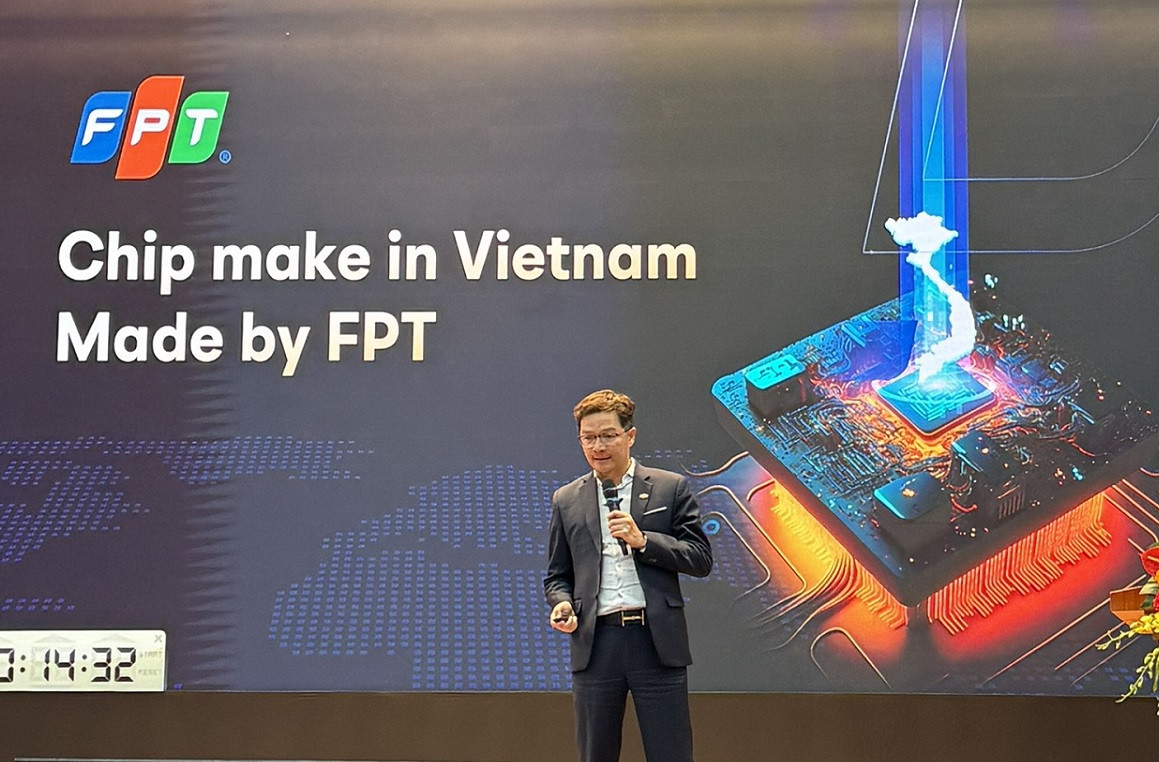
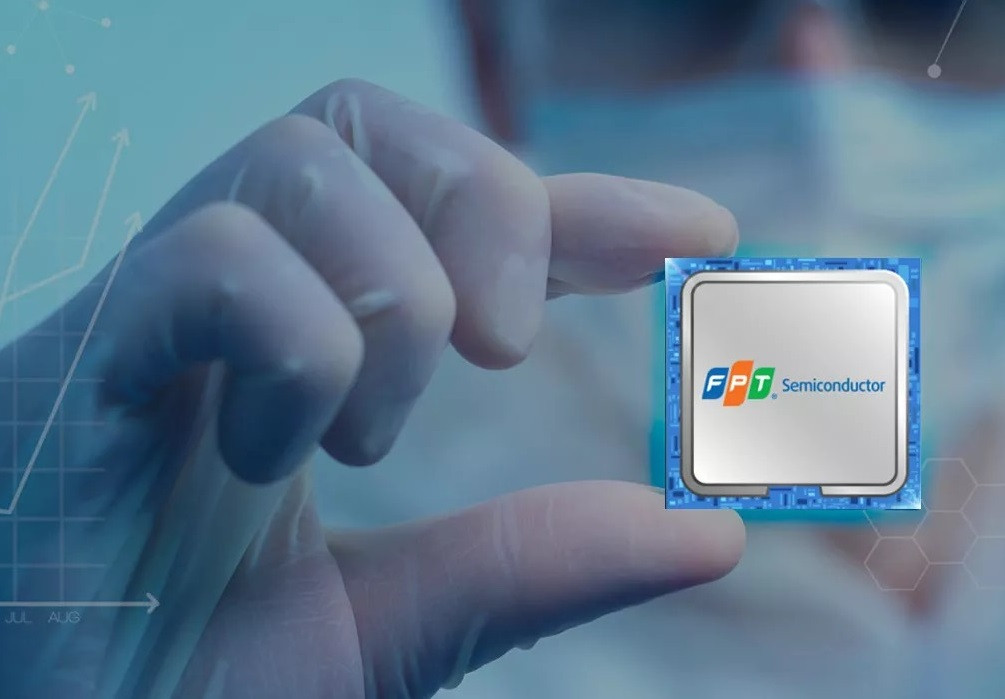


Mr. Tran Dang Hoa, Chairman of FPT Semiconductor Joint Stock Company at the Hanoi Semiconductor Technology Investment Connection Day 2024. Photo: Binh Minh
First is the advancement of semiconductor technology. Industry giants such as TSMC, Samsung, Intel plan to produce 2nm chips in 2025 and 1nm in 2026-2027; Rapidus (Japan) also targets 2nm in 2027... New packaging technology (chiplets, 3D stacking) is helping to significantly change the performance of chips. The global semiconductor supply chain will change, opening the way for many new vendors to join the chain. Opportunities are coming to many Vietnamese businesses. Second, the acceleration of investment and support from governments for fabs (semiconductor factories). TSMC is expected to have Fab1 (4nm in 2025) and Fab2 (3nm and 2nm in 2028) in Arizona, USA; Fab1 (28/22nm and 16/12nm in 2024) and Fab2 (6/7nm in 2027) in Kumamoto, Japan. Intel has Fab52 and Fab62 (20A, 2025) in Arizona, Fab27 (18A, 2026) in Ohio, Japan. Rapidus will have Fab (2nm, 2027) in Hokkaido, Japan. These fabs all receive tens of billions of dollars in government support. In the US, the Chips Act was enacted in August 2022 to strengthen the semiconductor industry and maintain the country's technological advantage. Some of the goals set include: Increasing domestic semiconductor production; Increasing semiconductor R&D; Strengthening national security; Strengthening US economic competitiveness. The US government will invest 39 billion USD to improve the US chip manufacturing capacity, including 500 million USD invested in training and workforce development. "Vietnam is on the list of 7 countries that can receive US support under the Chips Act to improve semiconductor production and training. Vietnam has many advantages in becoming a partner of the Chips Act. This helps other countries be more open to cooperating with Vietnam," Mr. Hoa shared the good news. Third, new technology environments such as EV (electric vehicles), Autonomous vehicles, Green manufacturing, AI (artificial intelligence), IoT (Internet of Things) ... will increase the demand for chips by dozens, hundreds of times. This is a strong driving force for the development of the world semiconductor industry. Finally, there is a shortage of human resources. McKinsey & Company's report predicts that by 2030, the world will have a shortage of 1 million highly skilled workers in the semiconductor industry. "I have been to many countries with developed semiconductors such as Japan, Korea, the US, Taiwan (China) ..., and I see that young people do not want to work in chips because they think this field is boring. Meanwhile, the Vietnamese chip industry has gone through a journey of about 20 years of development with the advantage of STEM resources. Vietnam currently has a team of more than 5,000 design engineers, over 40 semiconductor enterprises, and is the destination of more than 50 foreign semiconductor enterprises. This is an opportunity for us," said Mr. Hoa. “Many years ago, Japan rose up to compete with the US, creating an opportunity for Taiwan (China) to jump into the supply chain and establish a position in the global semiconductor industry. Recently, trade tensions between the US and China have re-emerged, leading to a series of restrictions, sanctions, etc., affecting the semiconductor supply chain, and Vietnam is gradually becoming an attractive destination for semiconductor companies from all over the world. Vietnam has the opportunity to get ahead in the technological “turn” when the global supply chain is broken,” the Chairman of FPT Semiconductor analyzed. Choosing a niche to compete “The world is talking a lot about TSMC – one of the leading companies in semiconductor technology. Their starting point is an outsourcing company, doing work for both IBM and Intel. They have grown from zero. We are the same, FPT Semiconductor has now developed about 100 domestic engineers and 50 engineers abroad (mainly in Japan), taking on the design of semiconductor products for many customers around the world, participating in very high technologies”, Mr. Hoa said.
FPT started "entering the semiconductor industry" more than 10 years ago. Photo: FPT
FPT began to “enter” the semiconductor industry more than 10 years ago. The Vietnamese enterprise has provided microchip design services since 2014, starting from the Japanese market. Similar to the software export sector, FPT started the semiconductor sector in Japan, then expanded to the US, China, Taiwan (China), Australia, Korea, Europe, etc. “We have many semiconductor experts who have studied and worked abroad. They are willing to return to Vietnam to work together on greater things,” Mr. Hoa emphasized one of Vietnam’s advantages in the semiconductor “playground”. The intelligence and flexibility of Vietnamese enterprises is demonstrated in finding niche markets to compete. The first niche is power chips (which will be found in all devices: phones, computers, cameras, washing machines, televisions, refrigerators, etc.). FPT Semiconductor is focusing on product lines related to power chips. The first chip product designed and developed by this Vietnamese enterprise will be in 2022. This is an LDO chip (voltage regulator and stabilizer output). FPT Semiconductor designed it and sent it to the factory in Korea, packaged it in the factory in Malaysia and tested it in Vietnam. “Since 2022, we have made a very simple chip that meets the most demanding needs of Japanese customers. Currently, more than 70 million FPT power chip products have been ordered. Customers include leading Japanese printer and camera manufacturers. Our products meet Japanese standards and are ready to launch on the market. We have built a development roadmap for power chip products and are closely following this roadmap, while discussing with customers about other IoT chip products. From now until 2026, we will make about 30 such chips. We believe that there will be many more niches like this for young companies that are new to this market,” the Chairman of FPT Semiconductor excitedly informed. Developing IP core (semiconductor intellectual property core) is also an area of activity of FPT Semiconductor, currently focusing mainly on analog IP related to power management chips. Customers can combine these IPs to design their own power management chips. When customers have a request, Vietnamese businesses only need to arrange, edit a little and then quickly bring it to market (estimated to be within 3-6 months from the date of receiving the request for power chips in tablets, for RAM, cameras, etc.). The second niche - Standard Cell (basic logic element used to design digital circuits). FPT Semiconductor engineers have done it from 180nm to 5nm, and are developing at 3nm. The technology is used for TSMC, Samsung and Detech. Some Standard Cell, I/O, Memory Compilers libraries have been developed by Vietnamese businesses and are being proposed for use by Japanese customers. The third niche - testing services. OSAT (outsourced semiconductor assembly and testing) is a stage in chip manufacturing that Vietnam has the potential to do. The total scale of the OSAT industry is expected to reach 71 billion USD by 2029. FPT Semiconductor is cooperating with a Taiwanese partner to build an ATE (automatic testing equipment) factory to perform part of the work of OSAT, and hopes to cooperate with more OSAT companies in Vietnam to increase its strength in this field. This year, the testing factory located at the National Innovation Center (NIC) in Hoa Lac will mark a new beginning for FPT Semiconductor, which can then be expanded to many other provinces/cities. Together to "solve the problem" of human resource shortage Global semiconductor industry revenue in 2023 will reach about 600 billion USD. Along with the boom of the semiconductor industry, especially AI chips in recent years, countries around the world are and will continue to face great challenges in human resource shortage. Some organizations such as the US Semiconductor Industry Association, the Japan Electronics and Information Technology Industry Association, the Korea Semiconductor Industry Association, etc. have provided specific forecast figures. In the US, by 2030, there is expected to be a shortage of 67,000 workers in the semiconductor sector. If the US seeks to be self-sufficient in chips, this number will increase to about 300,000. In Japan, just 8 large semiconductor companies are expected to have a shortage of 40,000 workers in the next 10 years. In Korea, the semiconductor industry will face a shortage of at least 30,000 workers in the next 10 years. This is an opportunity for young Vietnamese people.
Global semiconductor industry revenue in 2023 will reach about 600 billion USD. Photo: FPT
FPT University, FPT Polytechnic and FPT Academy are cooperating with a number of schools in countries lacking semiconductor human resources to seize great opportunities. Wishing to contribute to solving the problem of human resource shortage in the world with the strength of young Vietnamese engineers,educational institutions in FPT Group are actively implementing semiconductor engineering training in all 3 types: Short-term, medium-term and long-term. The output will include engineers and technicians who meet the basic requirements for working in factories, university-level design engineers, and software engineers or engineers in other fields who switch to chip design. “We have cooperated with nearly 20 universities around the world to contribute to realizing the goal of training 50,000 semiconductor engineers by 2030 set by the Government,” Mr. Hoa emphasized, adding: "The trend of personnel transfer is changing. If in the past, Vietnamese engineers often had to work at the customer's office (on-site), now the model of hiring external resources (offshore) is gradually being prioritized. Therefore, it is possible to build large centers in Vietnam, so that university graduates can come and participate in chip production for foreign customers." Last year, FPT was the first Vietnamese enterprise to export 1 billion USD in the software sector. It took FPT 20 years to achieve such results. Currently, FPT has more than 30,000 software engineers working in many fields, from banking, finance, healthcare, automobiles, etc. "We want to continue writing a similar story for the semiconductor industry. FPT Corporation aims to have a semiconductor workforce of 30,000 people by 2033, capable of producing large products such as AI chips. In addition to simple power chips, we can design more advanced chips, so that Vietnam can stand firmly in the chip industry. We hope to have more support from the Government and the companionship of many other businesses so that we can do great things," said the Chairman of FPT Semiconductor looking to the future.Vietnamnet.vn
Source: https://vietnamnet.vn/co-hoi-de-viet-nam-vuot-len-trong-khuc-cua-cong-nghe-2311331.html
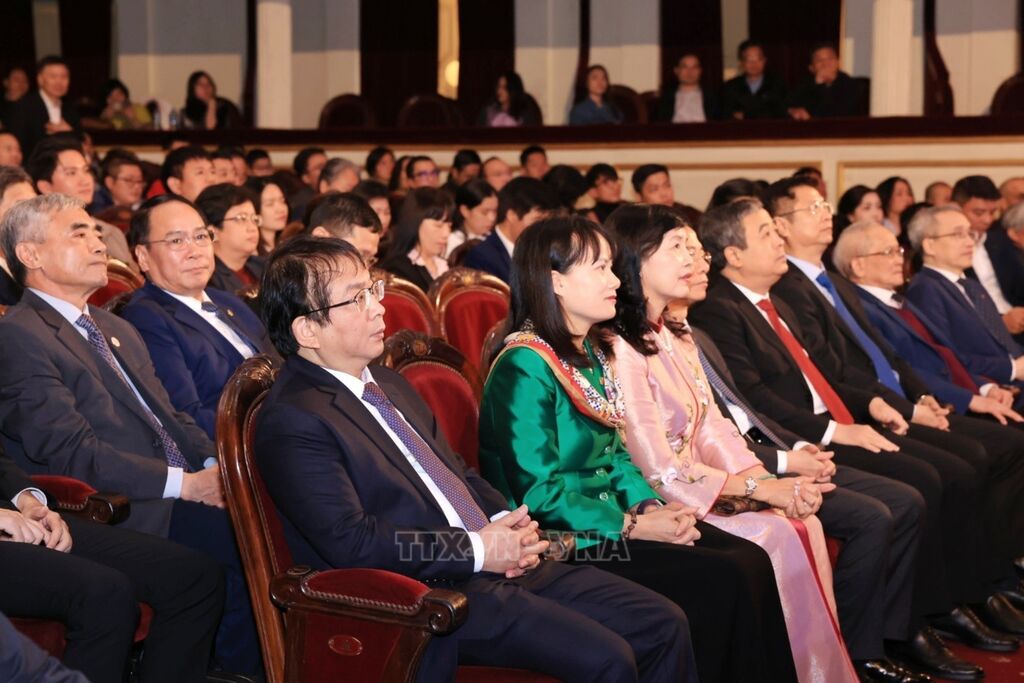




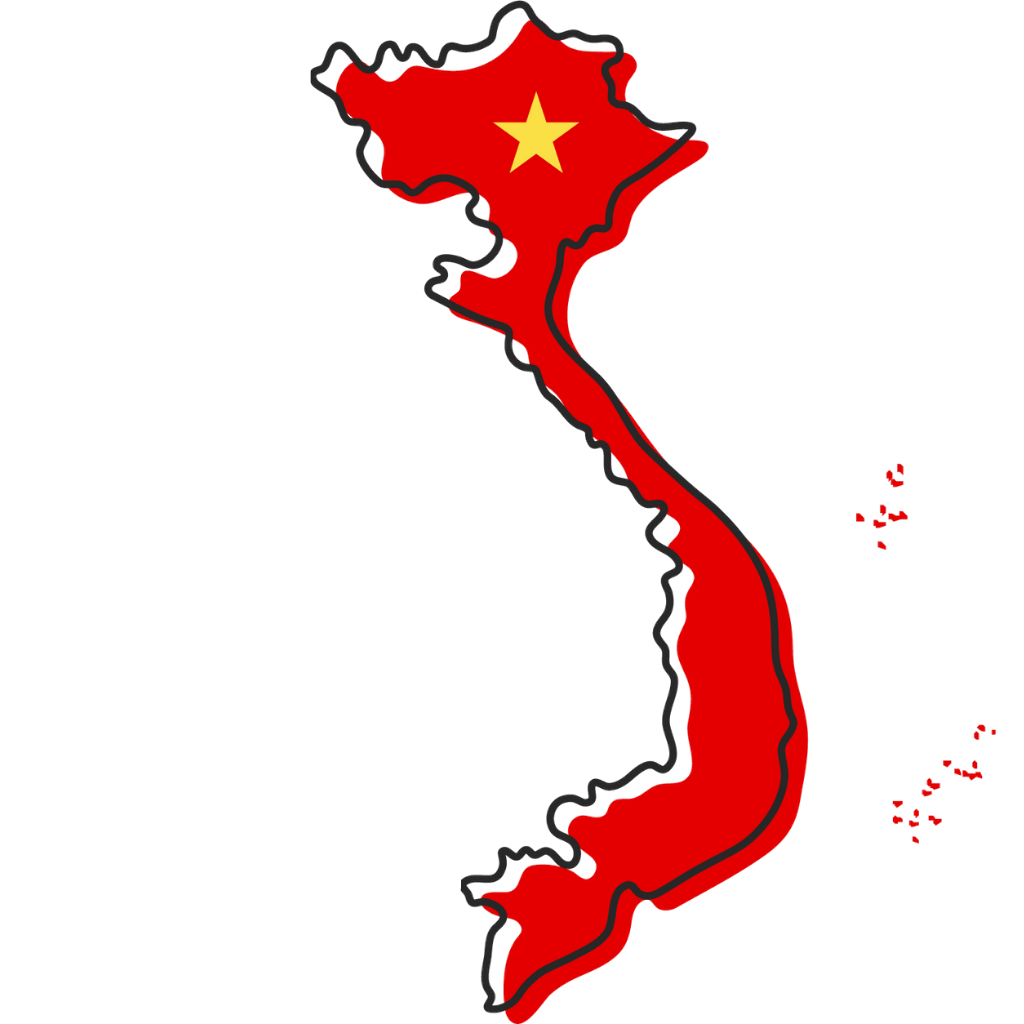














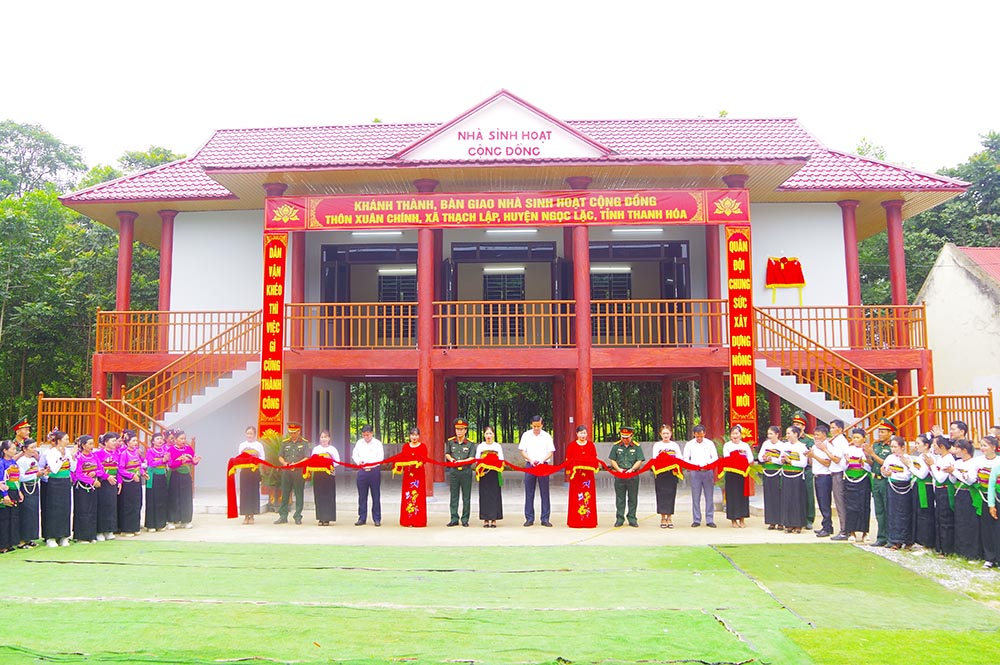

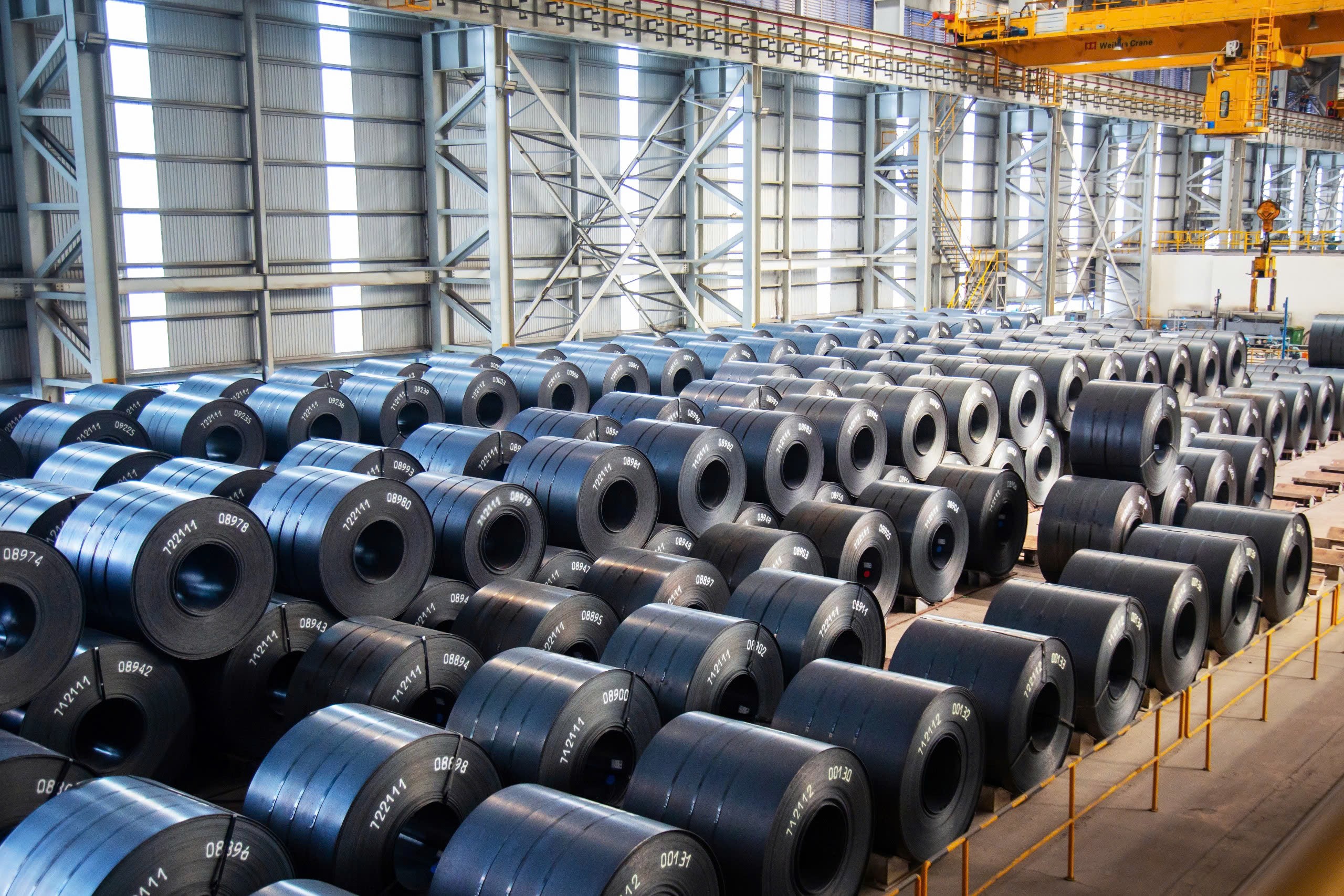




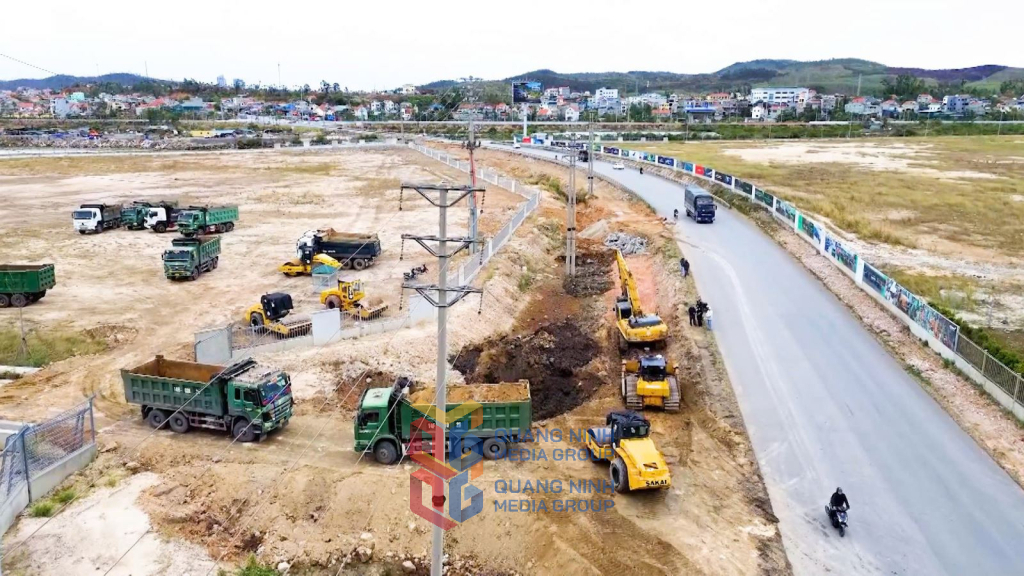




Comment (0)